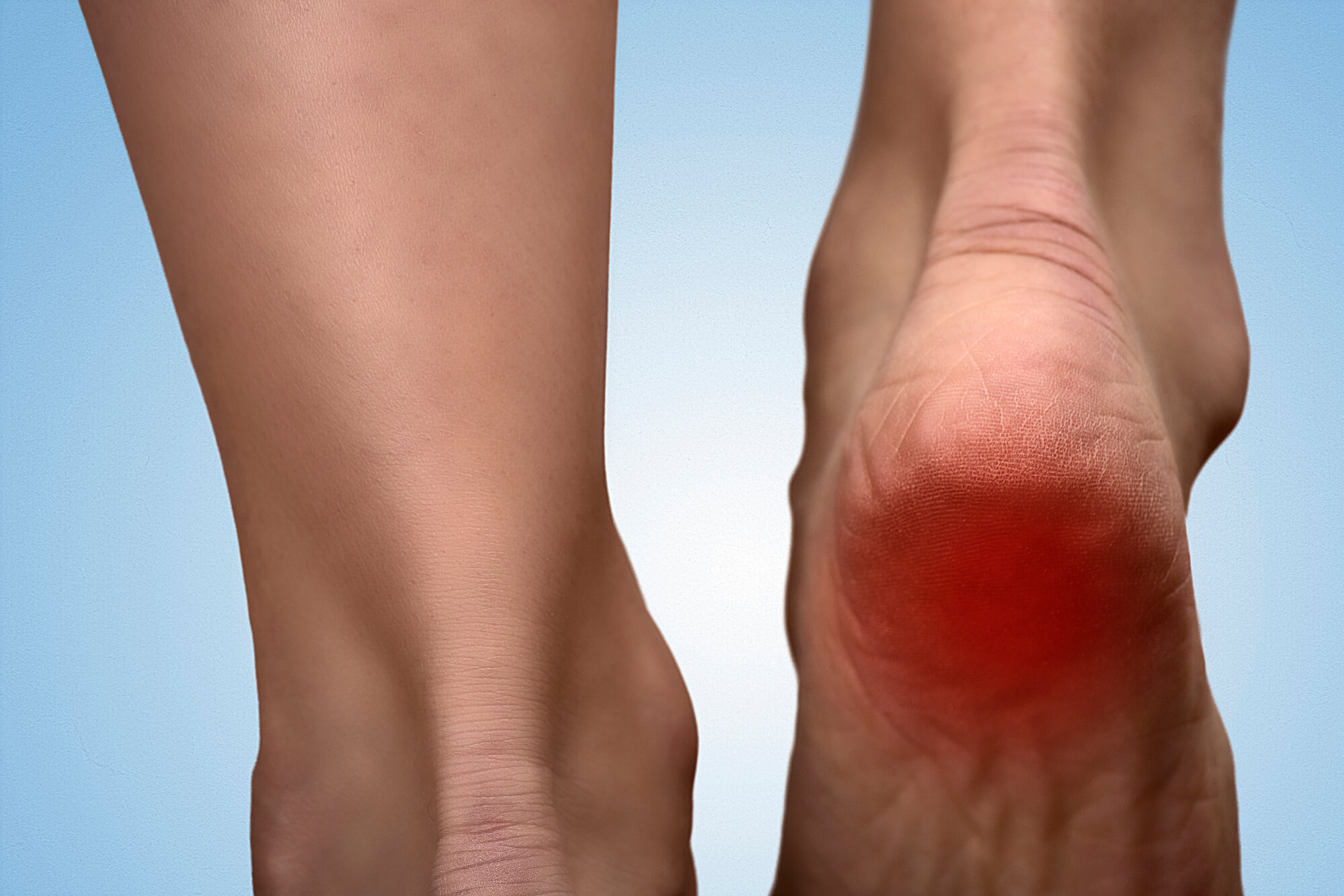Topaz Surgery for Plantar Fasciitis
Plantar fasciitis is a common heel pain cause that affects millions worldwide. If you're experiencing pain and discomfort in your heel and foot, you may wonder if Topaz surgery is the right treatment option. This comprehensive guide will explore everything you need to know about Topaz surgery for plantar fasciitis, including what it is, how it works, and what to expect during recovery and rehabilitation.
What is Topaz Surgery and How Does it Work?
Topaz surgery, also known as coblation surgery or Topaz microdebrider surgery, is a minimally invasive procedure used to treat plantar fasciitis and other foot and heel conditions. It involves using a special wand that delivers radiofrequency energy to the affected area, which helps reduce pain and inflammation by removing damaged or scarred tissue.
How Topaz Surgery is Performed
Topaz surgery is typically performed on an outpatient basis, meaning you will not need to stay overnight in the hospital. The procedure is usually done under local anesthesia, although some people may also receive sedation to help them relax.
Before the procedure, your healthcare provider will numb the area to be treated with a local anesthetic. They will then make a small incision in the heel and use the Topaz wand to deliver radiofrequency energy to the affected area. The wand has a small, circular blade that gently removes damaged or scarred tissue, helping to reduce pain and inflammation.
After the procedure, your healthcare provider will close the incision with sutures or staples and apply a dressing to the foot. They may also give you a walking boot or cast to wear to protect the foot and allow for proper healing.

Benefits and Risks of Topaz Surgery
Topaz surgery offers several potential benefits for people with plantar fasciitis, including:
- Minimally invasive: Topaz surgery is a minimally invasive procedure that requires only a small incision in the heel. This means there is less risk of complications, less scarring, and a faster recovery time than traditional surgery.
- Quick procedure: Topaz surgery typically takes only 30-60 minutes to perform, and patients can often return home the same day.
- High success rate: Many people experience significant relief from plantar fasciitis symptoms after Topaz surgery, with success rates ranging from 70-90%.
- No sutures: Because the incision made during Topaz surgery is so small, sutures are not typically required. This can make the healing process faster and more comfortable.
As with any medical procedure, there are also some risks associated with Topaz surgery, including:
- Pain: Some people may experience pain or discomfort after the procedure, which can usually be managed with pain medication.
- Infection: Although the risk of infection is low, it is still possible for an infection to occur after surgery.
- Nerve damage: In rare cases, the radiofrequency energy used during the procedure may cause nerve damage, leading to numbness or tingling in the foot.
- Bleeding: There is a small risk of bleeding after the procedure, which can usually be managed with pressure and ice.
- Scar tissue: In some cases, scar tissue may form after the procedure, leading to further foot or heel problems.

Is Topaz Surgery the Right Treatment Option for Me?
Suppose you're considering Topaz surgery for plantar fasciitis. In that case, it's important to work with a healthcare provider, such as a podiatrist or foot and ankle specialist, to determine if it is the right treatment option. Here are some factors to consider:
Evaluating the Severity of Your Plantar Fasciitis
Topaz surgery is typically recommended for people with moderate to severe plantar fasciitis that has not responded to conservative treatment methods, such as rest, ice, physical therapy, and orthotic inserts. If you have mild plantar fasciitis or are experiencing pain for the first time, your healthcare provider may recommend trying conservative treatment options first.
Considering Other Treatment Options
In addition to Topaz surgery, there are several other treatment options available for plantar fasciitis, including:
- Stretching and strengthening exercises: Strengthening the muscles in your foot and ankle can help to reduce pain and improve function.
- Orthotic inserts: Special inserts for your shoes can provide extra cushioning and support to help relieve plantar fasciitis pain.
- Physical therapy: A physical therapist can teach you exercises and techniques to help stretch and strengthen the muscles in your foot and ankle.
- Corticosteroid injections: These injections can help to reduce inflammation and pain in the heel.
- Extracorporeal shockwave therapy: This treatment involves using shockwaves to stimulate healing and reduce pain in the heel.

Working with Your Healthcare Provider to Determine the Best Treatment Plan
Your healthcare provider will work with you to determine the best treatment plan based on your plantar fasciitis severity, overall health, and treatment goals. They may recommend Topaz surgery if you have moderate to severe plantar fasciitis that has not responded to conservative treatment methods, such as rest, ice, physical therapy, and orthotic inserts.
Your healthcare provider will also consider other factors, such as your age, weight, and any underlying medical conditions, to determine if Topaz surgery is a safe and appropriate treatment option for you. They may recommend alternative treatment options if they feel that Topaz surgery is not the best option for your needs.
It is important to be open and honest with your healthcare provider about your symptoms, treatment goals, and any concerns about the procedure. They can provide you with more information about Topaz surgery and help you make an informed decision about your treatment plan.
Recovery and Rehabilitation After Topaz Surgery
Expectations for Recovery and Rehabilitation
After Topaz surgery, you can expect some swelling and discomfort in the foot and heel, which can usually be managed with pain medication and ice. You will likely be given a walking boot or cast for the first few weeks after the procedure to protect the foot and allow for proper healing.
Your healthcare provider will give you specific instructions on caring for your foot and when to start physical therapy. This may include exercises to stretch and strengthen your foot and ankle muscles and techniques to improve mobility and flexibility.
Managing Pain and Swelling After Surgery
It is normal to experience some pain and swelling after Topaz surgery, but there are several steps you can take to manage these symptoms:
- Take pain medication as prescribed: Your healthcare provider will give you pain medication to help manage any discomfort after the procedure. Be sure to take the medication as directed.
- Apply ice to the foot: Applying ice to the foot can help to reduce swelling and discomfort. Be sure to wrap the ice in a towel or cloth before applying it to the skin to avoid frostbite.
- Elevate the foot: Keeping the foot elevated above heart level can help to reduce swelling. Try to elevate the foot for at least 15 minutes every hour.
- Wear the walking boot: Wearing the walking boot as directed by your healthcare provider can help to protect the foot and allow for proper healing.
Returning to Normal Activities and Exercise
The recovery process after Topaz surgery varies from person to person, but most people can return to normal activities and exercise within a few weeks to a few months. Your healthcare provider will give you specific instructions on when it is safe to return to normal activities and exercise and may recommend a gradual return to these activities to allow for proper healing.
Conclusion
Topaz surgery is a minimally invasive procedure that can effectively treat plantar fasciitis and other foot and heel conditions. It involves using a special wand that delivers radiofrequency energy to the affected area, helping to remove damaged or scarred tissue and reduce pain and inflammation. While the procedure has a high success rate and a quick recovery time, it is important to work with a healthcare provider to determine if it is the right treatment option for your individual needs and goals. With the right treatment plan, you can find relief from plantar fasciitis pain and improve your foot function and quality of life.

